Invasive non‐native species – Floating Pennywort
Floating Pennywort has been discovered on the Witham system for the first time, this invasive non‐native
species can cause issues by blocking out light, causing deoxygenation and blocking air breathing insects. In
addition the plant can form large mats which can become very dense. The species spreads from plant
fragments so it’s important not to try not to break up any patches as this can aid and speed up its spread.
Please help stop the spread of invasive non‐native species by following the Check‐Clean‐Dry steps.
If you see any Floating Pennywort on the River Witham please report it by calling the Environment Agency’s
Incident Hotline 0800 80 70 60.
Identification throughout the year
Varies little throughout the year, although in the winter it is most
likely to be found at the water’s edge. Tiny white flowers are rare,
but if present, they appear between July and August.
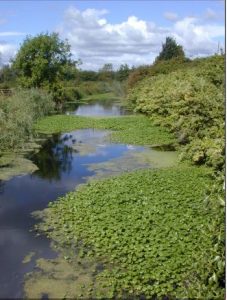
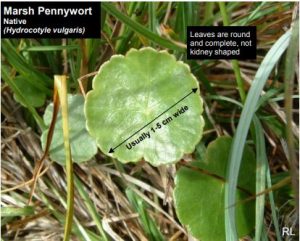

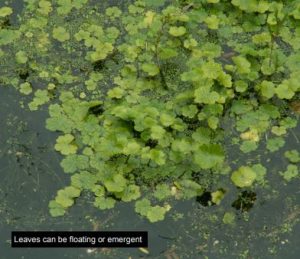
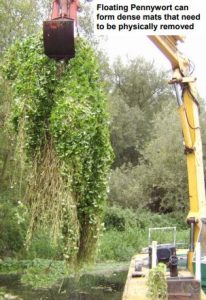
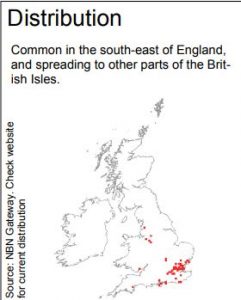
Key ID Features
Scientific name: Hydrocotyle ranunculoides
AKA: Dail-ceiniog arnofiol (Welsh), Hydrocotyle nova
zealandiae
Native to: North America
Habitat: Emergent or floating on the surface of still or slowly moving freshwater Free-floating or rooted. The characteristic leaves and growth form help to
make this plant easy to identify. It is found mostly in the south-east of England and occasionally in the north-west of England and Wales. Spreading
rapidly. First naturalised in 1990 as a result of discarded plants from garden ponds. Can grow up to 20cm per day and may quickly dominate a waterbody forming thick mats and impeding water flow and amenity use. May out-compete
native species by blocking out light, causing deoxygenation, obstructing air breathing insects from reaching the water surface and reducing water temperatures.
Floating Pennywort is listed under Schedule 9 to the Wildlife and Countryside Act 1981 with respect to Scotland only. As such it is an offence to plant
or otherwise cause this species to grow in the wild.
For details of legislation relating to non-native species please see:
http://www.nonnativespecies.org/07_Legislation.cfm
References and further reading:
Blamey, M, Fitter, R and Fitter, A (2003) “The
Wild Flowers of Britain and Ireland. The Complete Guide to the British and Irish Flora.” A & C
Black
Preston, C D and Croft, J M (1997) “Aquatic
plants in Britain and Ireland”. Harley Books
Preston, C D, Pearman D A and Dines, T A
(editors) (2002) “New Atlas of the British and Irish
Flora”. Oxford University Press
Stace, C (1999) “Field Flora of the British Isles”.
Cambridge University Press
